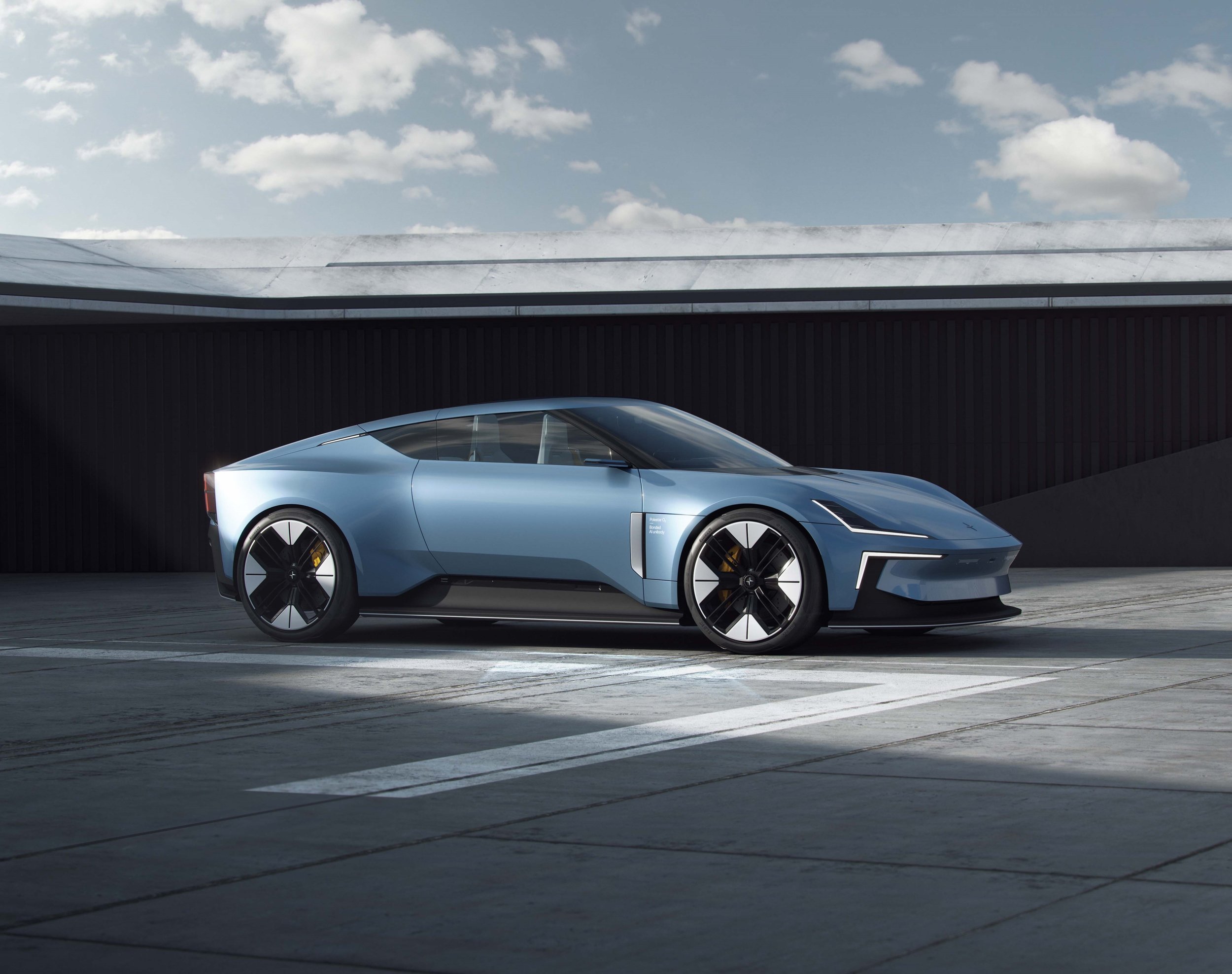Auto-Tuned Sodium Glutamate
There is no substitute for substance - neither in music, cuisine nor automotive design
«Hi, I’m Plenty.» «But of course you are.» (images © BMW, GM, Lexus, Stellantis)
It’s the ingredients that make the dish. It’s the voice that makes the singer. Or so we’d like to believe.
There are ways of averting these supposed truths, however. If supplemented with copious amounts of sodium glutamate, the human metabolism is programmed to react to the cheapest of junk foods with similar levels of craving as when presented with one’s mom’s legendary Sunday roast. Similarly, a singer’s voice is hardly the defining feature it used to be, thanks to Antares Audio Technology’s Auto-Tune processor.
Auto-Tune first gained prominence in 1998, when it was employed in intentionally exaggerated a fashion in the Cher song Believe. But this obvious, Vocoder-like effect resembles barely the tip of the Auto-Tune iceberg, as this processor today also includes features such as Humanize, which is intended for ‘more transparent and natural-sounding tuning’, whereas Throat Modeling provides 'subtle or extreme vocal transformations’ and Transpose ‘real-time pitch-shifting with automatic Formant Correction’ to tonally challenged performers. Not to forget Graph Mode, which 'gives you detailed control over every nuance of a vocal performance’ and also includes ‘extensive pitch editing tools [which] allow for precise control of individual notes and pitch curves’. The voice may still make the singer, but Auto-Tune now makes the voice.
This manipulation of either taste buds or voices may be a consequence of technological advancement, but progress it most certainly is not. Instead, it constitutes a lowering of standards, a dumbing down. Quite like the excessive use of graphics in automotive design.
The one quality particularly in need of acknowledgment under today’s circumstances is sophistication. For it is sophistication that makes the difference between a club sandwich made of Duroc bacon and poulet noir fermier and a Subway Club®. It is sophistication that separates Auto-Tune enhanced one-hit wonder from Frank Sinatra. And sophistication is also why a lot of expressive lines on a car’s body don’t make for an expressive automobile.
Everybody does it, so it must be right (image © Audi, Ferrari, Stellantis, VW)
That most participate in this game doesn’t make this state of affairs any less objectionable. After all, junk food and plastic pop music are also hardly fringe phenomena - yet nobody in possession of even a whiff of sophistication would consider these exemplary or commendable. These are the cheap (literally and figuratively speaking) substitutes, rather than the real thing.
In car design terms, the real thing are proportions, stance and originality. When combined in expect fashion, these ingredients add up to create true expression and hence long-lasting appeal. By contrast, creases are car design’s sodium glutamate, shouty graphics its Auto-Tune. These Ersatz-qualities mostly serve the purpose of distracting from what is missing. And for all their ado - not to mention short-term popularity - they fail at leaving a lasting memory.
Just like that song you heard on the radio this morning, incidentally. Or the deep-fried something you grabbed on your way home the other night.













Car interior designer who created some of the most significant cabins of all time, most notably the Porsche 928’s